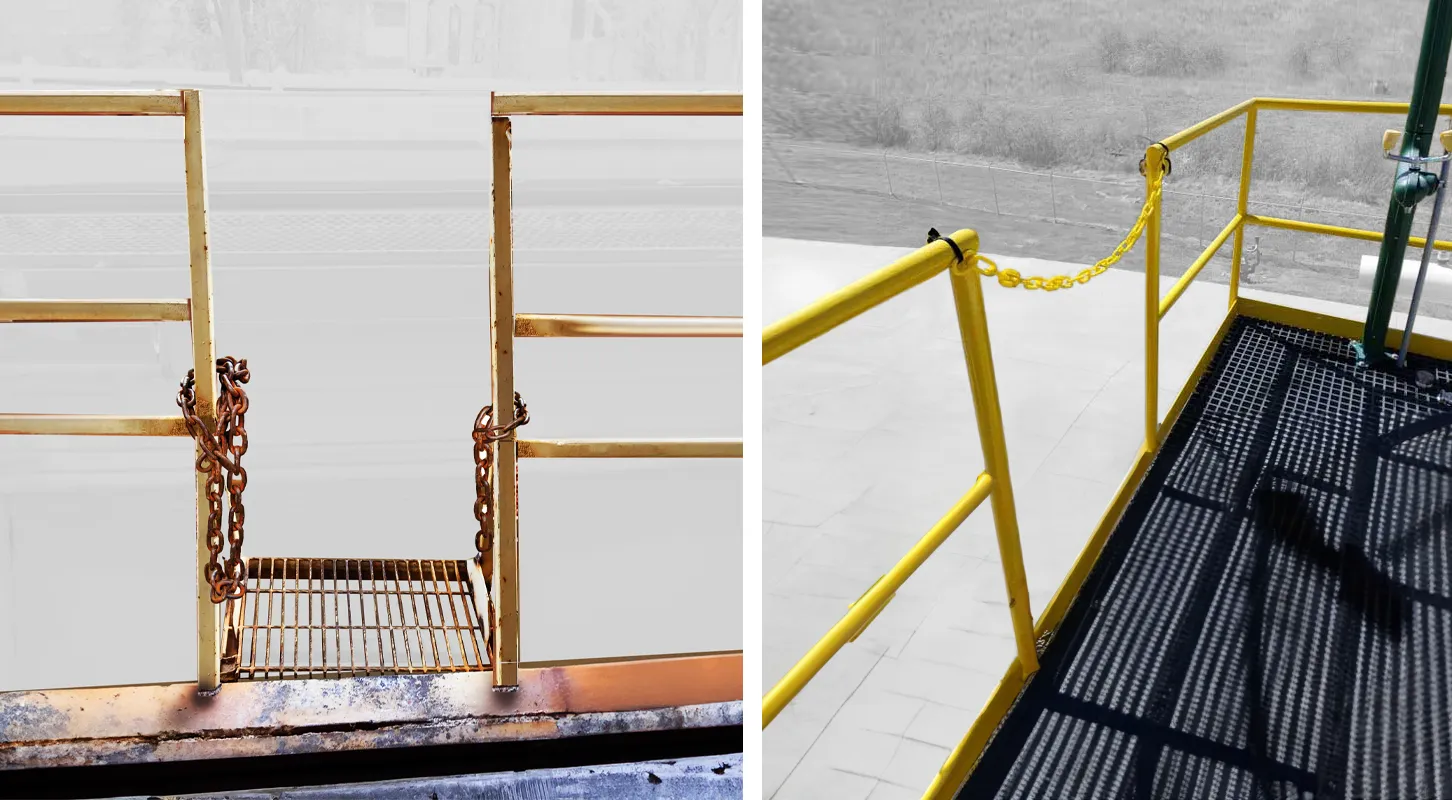The maximum riser height defines the vertical distance between the top surface of a tread and the top surface of the tread below it. This measurement is key in designing stairs so that each step is within comfortable reach and safe for users.
Key Benefits:
- Safety: Reduces the risk of falls and accidents.
- Comfort: Easier and more comfortable stairs, minimizing leg strain.
- Accessibility: Ensures stairs are usable for individuals of all ages and abilities.
Applications:
- It makes sure that stairs are suitable for all the people in the household.
- Reduces risk for all passengers and commuters, including those with a disability, and improves convenience.
- Important for the protection of employees, especially during an incident or disaster.

OSHA Compliance for Maximum Riser Height
The Occupational Safety and Health Administration (OSHA) has set guidelines to enhance stair safety and minimize fall hazards. Key points of OSHA compliance include:
- Maximum Riser Height: Must not exceed 9.5 inches (24 cm) to prevent overly steep stairs.
- Uniformity Requirement: Each riser within a flight must be of uniform height to avoid tripping hazards.
- Application in Different Settings: Standards apply to residential, commercial, and industrial environments, each with unique safety considerations.
- Legal Compliance: Meeting OSHA standards helps avoid fines and legal issues.



